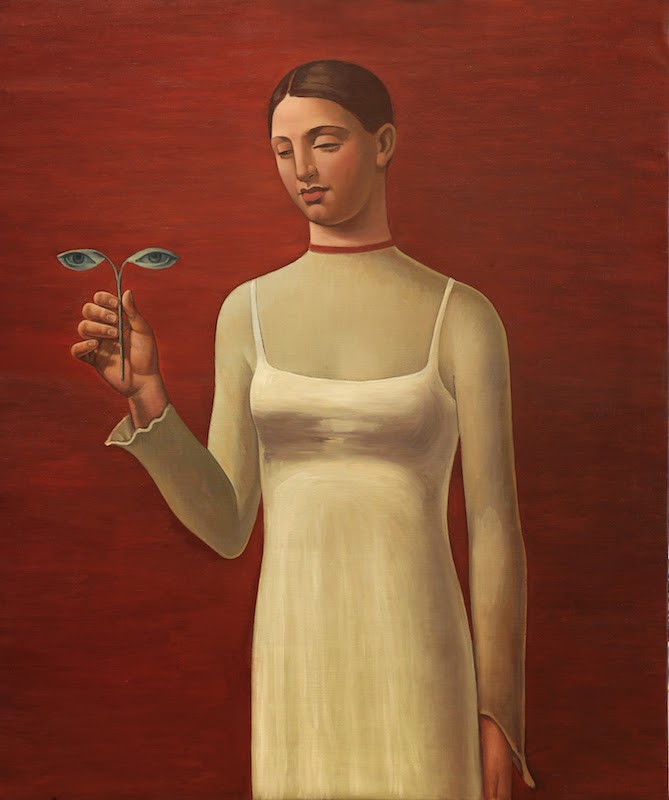Jacob de Wit (
19 December 1695 - 12 November 1754) was a
Dutch artist** and interior decorator who painted many religious scenes.
Jacob de Wit was born in Amsterdam, and became famous for his door and ceiling paintings. He lived on the Keizersgracht in Amsterdam, and many of the buildings on the Keizersgracht still have door or ceiling paintings done by him.
Since many of the families who lived in Amsterdam in those days had country villas, de Wit also painted in houses in the fashionable areas of Haarlem and the Vecht river.
According to the RKD he was the pupil of Albert van Spiers in Amsterdam and Jacob van Hal in Antwerp where he became a member of the Guild of St. Luke in 1714.
While in Antwerp, he made a series of watercolor sketches of the Rubens ceilings in the Carolus Borromeuskerk in Antwerp.
After the church was struck by lightning in 1718 these became a historical document, and his pupil Jan Punt later engraved his sketches and published them in 1751.
His pupils were Jan de Groot (painter from The Hague), Dionys van Nijmegen, Jan Punt, Pieter Tanjé, and the brothers Frans and Jacob Xavery. Jacob de Wit died in Amsterdam in 1754. Tako Hajo Jelgersma was his follower.
Jacob de Wit fu uno dei più celebri artisti di Amsterdam del suo tempo, noto soprattutto per le sue decorazioni parietali e di soffitti nelle case del patriziato benestante.
Si era specializzato in una pittura decorativa del genere trompe-l’oeil a grisaglia, con la quale sapeva magistralmente imitare il rilievo in pietra.

.jpg)
.jpg)
.jpg)
.jpg)
.jpg)
.jpg)
.jpg)
.jpg)
.jpg)
.jpg)
.jpg)
.jpg)
.jpg)
.jpg)
.jpg)
.jpg)
.jpg)
.jpg)
.jpg)
.jpg)
.jpg)
.jpg)
.JPG)
.jpg)
.jpg)
.jpg)
.jpg)









.jpg)
.jpg)
.jpg)
.jpg)
.jpg)